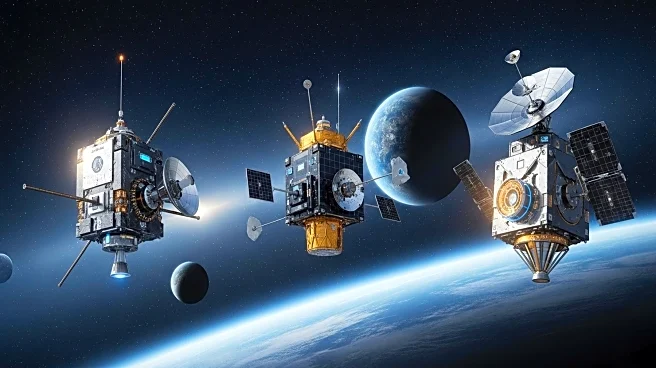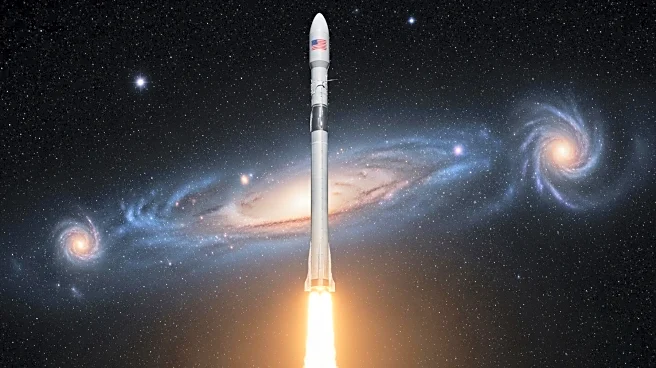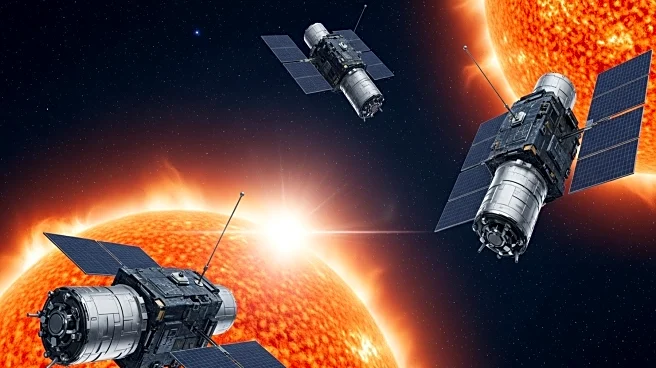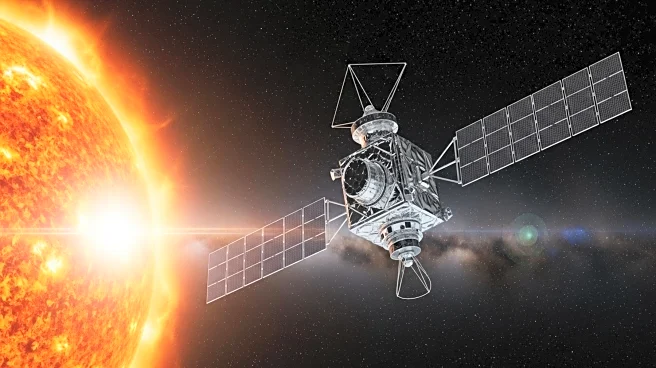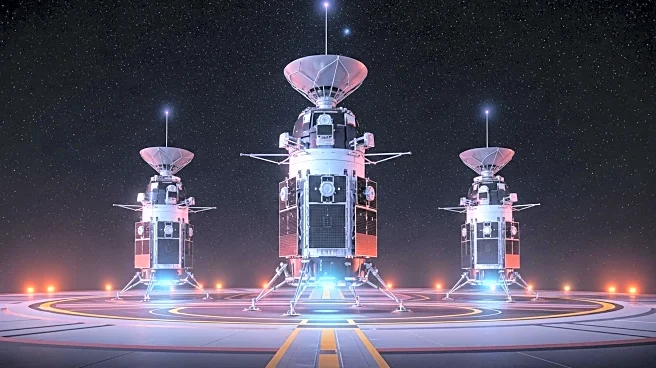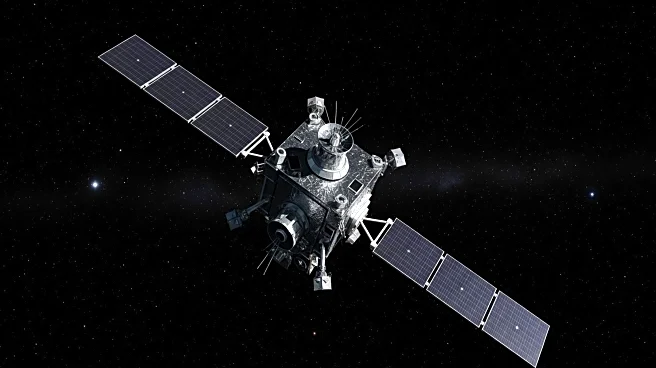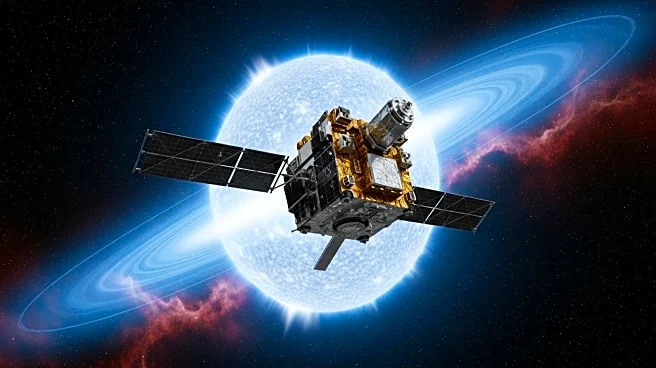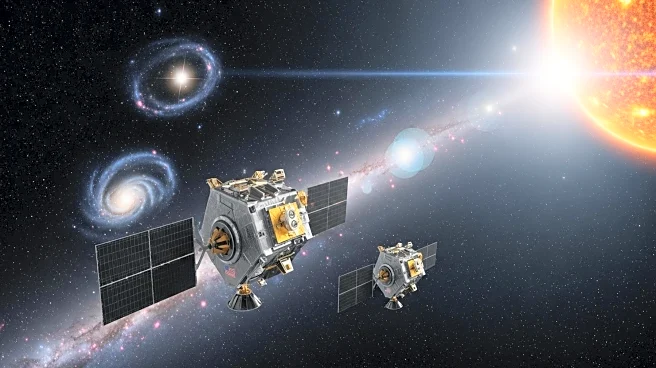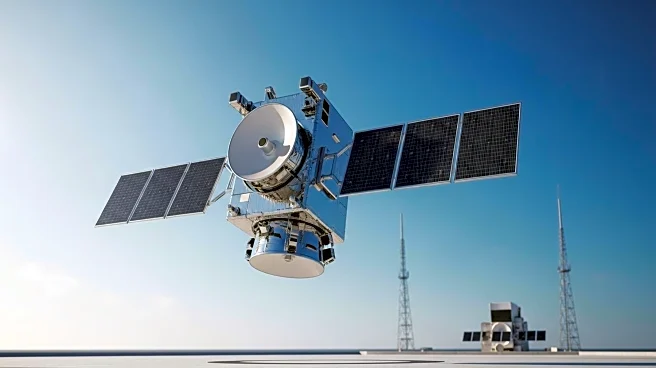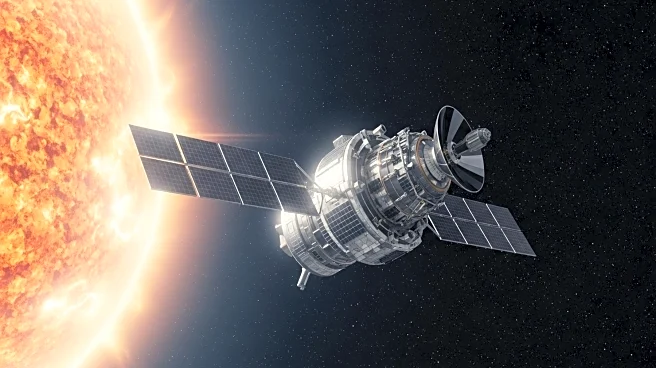What's Happening?
SpaceX is scheduled to launch NASA's IMAP mission and two additional space weather probes on September 24, 2025, from Kennedy Space Center, Florida. The Falcon 9 rocket will carry the IMAP, Carruthers Geocorona Observatory, and NOAA's SWFO-L1 spacecraft. The launch aims to study the sun's influence across the solar system, focusing on space weather and cosmic radiation impacts. The spacecraft will be deployed into interplanetary transfer orbit and will travel to the Earth-sun Lagrange Point-1 (L1).
Why It's Important?
The IMAP mission will provide insights into the heliosphere, a protective bubble around the solar system, enhancing understanding of space weather and its effects on Earth. The SWFO-L1 spacecraft will serve as an early warning system for solar storms, crucial for protecting Earth's infrastructure. This launch represents a significant advancement in space weather research, potentially improving prediction models and safeguarding technological systems from solar disruptions.
What's Next?
Post-launch, the spacecraft will journey to L1, joining other missions like India's Aditya-L1 and SOHO. The data collected will be vital for refining space weather forecasts and understanding the heliosphere's role in shielding the solar system. The mission's success could lead to improved strategies for mitigating space weather impacts on Earth.

